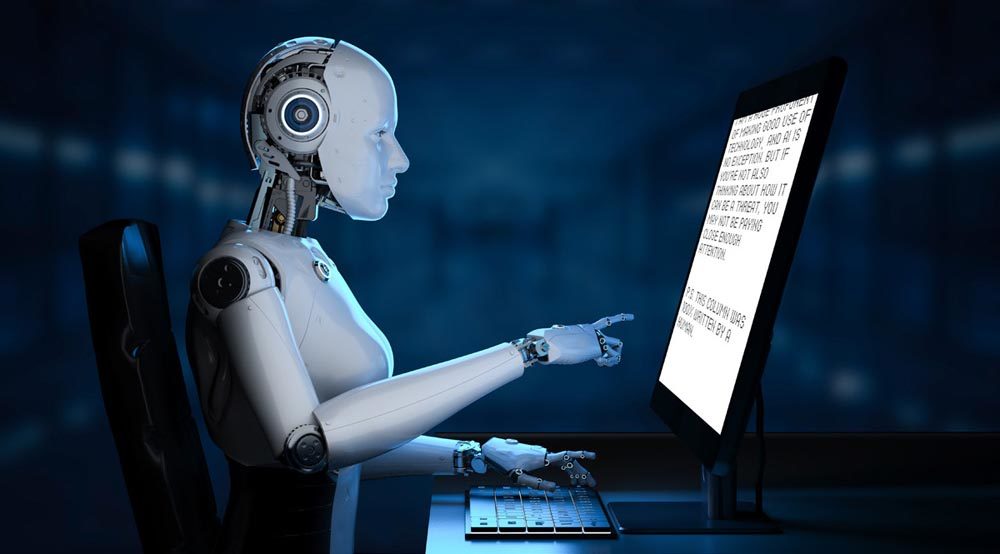The Creator’s Dilemma
AI is everywhere.
It’s impacting every phase of life, and every business. Take this issue of Power Transmission Engineering, for example. We have articles about AI in hydraulic systems, automation systems and maintenance (p.15); smart farming and mobile robotics (p. 18); plus mentions of AI sprinkled throughout the rest of the issue.
So far, AI is being positioned as the next great tool that can help us all do our jobs better. I believe that’s true. We now have AI tools that can help us write e-mails, compose business letters and do many other aspects of our jobs. All those articles I mentioned above also demonstrate great examples of how AI is being used in industry today.
Have any of you tried design engineering tools like Leo (www.getleo.ai)? According to their website, “Leo is trained on millions of CAD files and design inputs and is capable of transforming mechanical language into 3D mechanical models adhering to the latest industry standards and best practices. Leo will not replace engineers. Engineers using Leo will replace engineers not using Leo.”
That caveat at the end is supposed to make you feel less threatened, so that you trust and use the tool.
For now, you probably can and should use AI, if not via this tool then some other.
But AI is improving and growing at a frightening rate. As someone who is a professional creator, I find this deeply disturbing. I spend most of my waking hours as a writer, editor, publisher and web developer. Almost everything I do is creating new things. Those of you who are engineers can probably relate.
So far, in most endeavors, AI can’t replace humans. But that doesn’t mean it won’t always be so. Already, AI-generated artwork has been auctioned at Christie’s. Thousands (or more—who knows?) of AI-generated novels are available on Amazon. Mostly, we can still tell the difference. But we used to say the same thing about deepfakes. The technology has advanced, and it will continue to do so, not just gradually, but exponentially.
The implications, of course, are enormous. When AI is used in the process of creation, who owns the creation? Is it the user who guided the AI? The AI itself? The owners of the original source material upon which the AI was trained? If an AI can be trained on CAD drawings, why not patents?
There are a number of very large ongoing lawsuits that may give us some clarity over the next year. But don’t expect things like copyrights and patents to offer you, the creator, the same kinds of protections against infringements you’ve enjoyed in the past. Regardless of the results of those high-profile lawsuits, nobody’s lawyers will be able to keep up with the pace of creation that AI can sustain.
I am a huge proponent of making good use of technology—and AI is no exception. But if you’re not also thinking about how it can be a threat, you may not be paying close enough attention.
P.S. This column was 100% written by a human.
Related Articles
Related Events

-
October 28, 2024
-
5 Ways to Save Money Through Ultrasonic Analysis
December 11, 2024 -
Operational Improvements
December 11, 2024
-
The Bearing Show 2025
January 16, 2025 -
Revolutionizing Conveyor Belt Technology in Food Processing
December 11, 2024
-
The Bearing Show 2025
January 16, 2025 -
Revolutionizing Conveyor Belt Technology in Food Processing
December 11, 2024 -
The Future of Power Manufacturing, Warehousing, and Logistics
October 28, 2024






